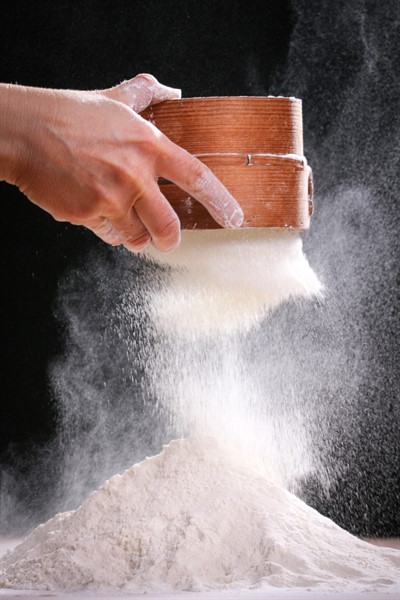Food and Agrochemical Allergens
HSE has had long experience in monitoring exposure to allergens
in the bakery industry, with established methods for fungal alpha
amylase and wheat flour antigen. We also provide an assay for the
measurement of soya trypsin inhibitor, a major inhalation allergen
found in soy products (flour and oil), extensively used in the food
industry and soya bean pellets used in agricultural animal
feedstuff.

A number of crustacean proteins are allergenic both by
inhalation and ingestion. HSE has a long established pan-crustacea
muscle protein immunoassay that can be used to identify such
allergens. We also offer fish parvalbumin testing for cod, haddock
and salmon.

References
Howard J Mason, Susan Fraser, Andrew Thorpe, Paul Roberts,
Gareth Evans. Reducing dust and allergen exposure in bakeries. AIMS
Allergy and Immunology, 2017, 1(4):
194-206.
Mason, H.J.; Gómez-Ollés, S.; Cruz, M.-J.; Roberts, P.;
Thorpe, A.; Evans, G. Quantifying Dustiness, Specific Allergens,
and Endotoxin in Bulk Soya Imports. Environments
2017, 4, 76.
Elms J, Robinson E, Rahman S, et al. Exposure to flour dust
in UK bakeries: current use of control measures. Ann Occup Hyg.
2005; 49: 85-91
Elms, J; Beckett, P; Griffin, P; Evans, P; Sams, C; Roff, M;
Curran, AD. Job categories and their effect on exposure to fungal
alpham-amylase and inhalable dust in the UK baking industry. AIHA
JOURNAL 2003 64(4) 467-471
Elms, J., D. Fishwick, et al. (2003).
"Prevalence of sensitisation to cellulase and xylanase in bakery
workers." Occupational Environmental
Medicine60(10): 802-804.
Griffin, P., D. Fishwick, et al. (2001).
"Respiratory symptoms and wheat flour exposure: a study of flour
millers." Occupational Medicine 51:
141-143.
Jeffrey, P., P. Griffin, et al. (1999).
"Small bakeries: a cross-sectional study of respiratory symtoms,
sensitization and dust exposure." Occup Med (London)
49(4): 237-241.
Wiley, K., M. Smith, et al. (1997).
"Measurement of airborne flour exposure with a monoclonal
antibody-based immunoassay." Int Arch Allerg Immunol
114: 278-284.
Back to the top